After three months of lovely but very standard guesthouses in India, we were delighted with the smorgasbord of accommodation in South Korea. We spent 20 days working our way down the east coast of South Korea which gave us plenty of nights to experiment with our sleeping arrangements.
Hanok traditional home
Despite the burning July sun, Gyeongju stole our hearts with its hilly landscape and treasure trove of ancient sights. We were lucky to chance upon Sillabang, a small 4-room guesthouse in a hanok, or traditional-style home, and even luckier to get a room without a reservation. We loved walking barefoot along the wooden wrap-around daecheong (porch) to get from our room to the kitchen. Unlike their ryokan counterparts in Japan, hanoks are usually reasonably priced and are basically guesthouses in a traditional setting. The staff don’t wear traditional clothes and there’s not a lot of pomp and circumstance.
(Sillabang’s website is only in Korean. You can visit Booking or TripAdvisor for additional info in English. We paid full price for our room and have no affiliation with Sillabang.)
Minbak
A minbak is a room in a private home, something like the old idea of taking in lodgers. Ulleungdo, a small island off the eastern coast, was the perfect place to try a minbak as many residents make a bit of extra money by offering a room or two in the summer. Coming off the ferry, the Jeodong pier was crowded with ladies holding signs to entice us to their minbaks. A. went straight for an elderly gentleman who was seated and holding his sign half-heartedly and that’s how we nabbed this luxurious room for the night (40000 won).
It was a stand-alone room, not actually in the gentleman’s home. It didn’t have any kitchen facilities and it was also filled with boxes of algae that gave off a strange smell, so the next morning we walked down the street to look at another minbak run by a grinning halmoni (Korean “grandmother”). It didn’t smell like preserved seaweed and had a kitchen, so we moved.
The halmoni seemed nervous about taking us in when we had already stayed one night elsewhere, but A. was honest, holding his nose to explain that the other room was smelly. This may not have been the best idea – we later had to make the “stinky” gesture for several friends and neighbors who wanted to know why weren’t staying up the street anymore.
(This may be why our host from the first night later tried to steal our tiger balm. It’s a long story but in the end A. had to grab it out of his hand and run away.)
Meals are not included in a minbak stay but our halmoni put out lunch for us to join her. At breakfast, she surveyed our spread of sweet buns and instant coffee and decided we were missing kimchi (pickled vegetables), and so brought out a dish of it. Because you know, croissants and kimchi go together like peanut butter and jelly.
In just a three-night stay, we felt like part of the neighborhood. The halmoni’s 4-year-old granddaughter wandered in and out of the house and we often came back to find our host from the first night sitting on the stoop of our second minbak. When we left, our halmoni and another elderly neighbor stood at the bus stop waving us off.
Mountain shelter
When we decided to hike Mt Daecheongbong in Seoraksan National Park, we were excited to see there was space in the mountain shelter for our dates as Korean mountain shelters are notoriously fully booked. It doesn’t get cheaper than 7000 won a night (at current exchange rate, around 7 USD per person). Mind you, it’s not intimate.
The room consists of two bunk platforms divided into narrow plots for sleeping with a capacity for about 75 people. (Surprisingly, the room was exceptionally quiet during sleeping hours, save two snorers who were, unsurprisingly, lying right next to us.)
The price also doesn’t get you an equipped kitchen. The few times that we have stayed at mountain shelters in Spain, they have had kitchen facilities or served meals, so it never occurred to us to hike up with our own gas and burner. Some kind policemen from Seoul boiled water for our ramen. If our one night in a mountain shelter is any indication, South Koreans do not skimp on food. The policemen were not alone in having a giant buffet of soup, ramen, kimchi, soju, pre-cooked rice and more. Everyone looked at us pityingly as we slurped our one ramen each and offered to stuff us from their provisions.
To book a spot at a mountain shelter in any of South Korea’s national parks, visit the national parks website. Spots open up 15 days in advance.
Templestay
We were eager to follow up the 10-day Buddhist retreat we did in India with some further contact with Buddhism, so South Korea’s vast templestay program seemed like a perfect fit. We chose Golgulsa near Gyeongju because it also incorporated some physical activity (a martial art called sunmudo). The schedule included a very early wake-up at 4:30 AM for morning chanting, a couple of sunmudo sessions, walking meditation and 108 prostrations. Though it sounds intense, we found the Golgulsa templestay to be quite light. There is no vow of silence and our contact with Buddhist thought was limited to tea with the abbott, during which the abbott answered questions but didn’t give any kind of teaching. Luckily we already knew how to meditate because the meditation instruction was limited to a 3-minute explanation to “concentrate on your breath.”
For the solo traveler, a templestay can be a great deal – you get 3 meals a day plus all the activities and accommodation for about 50USD per day at current exchange rates or cheaper for a long stay. Traveling as a couple, it was a bit expensive since the price is per person. Golgulsa turned out not be a good fit for us but many travelers recommend it, so don’t let our experience sway you.
Jjimjilbang
We have saved the best for last: jjimjilbang was the great discovery of our time in South Korea. When you’ve finished sightseeing for the day, head to a jjimjilbang, pay the entrance fee (anywhere from 8000 to 15000 won depending on the place), soak in the baths, steam in the sauna, put on your clean spa-issued pajamas, head to the sleeping room and snooze till morning.
You heard us: hot baths, clean pajamas and a place to sleep for 10 bucks.
You have to strip down to your birthday suit for the baths, which are separated by gender. We read a lot of posts by people hesitating to go to the jjimjilbang because of this but we are very comfortable in our birthday suits. You know, degenerate Europeans.
Did we mention the CLEAN PAJAMAS? Seriously, long-term budget travelers, tell me the last time you put on clean comfy cotton pajamas.
Jjimjilbang quality varies widely and if you want to sleep, make sure it’s a 24-hour jjimjilbang (some are day spas only). We stayed at the fantastic Haeundae Spa Center (Haewundae-gu Jung-dong 1378-18) in the Haeundae beach area of Busan. It’s a 4-floor complex with a floor for ladies, a floor for men, a mixed gender floor for sleeping/relaxing and a gym floor.
To get to Haeundae Spa Center, take exit 1 at Haeundae Station, walk straight and at a big 5-way intersection, hang a hard right on to Jungdong 2 ro. You’ll see the building about a block-and-a-half down on the left – it has a big “24″ on the top.
Omitted: love motel
We missed one of South Korea’s most famous accommodations: the love motel. We had planned to try one in Seoul but we were fortunate enough to be lodged by several fantastic friends free of charge. We look forward to sleeping in a love motel next time we’re in Korea.
Honorable mention
We had a great stay at The House Hostel in Sokcho. It’s not an “unusual” type of accommodation but it’s a very well-run guesthouse. You (not you, his name is You) welcomed us with a map and a full run-down of what to see and how to get around town. The hostel has free bikes and a lovely large common area with both outdoor and indoor spaces. We have no affiliation with The House and don’t usually recommend particular accommodation, but it’s a great place to lay your head for a night if you’re heading to Sokcho.
If you’re headed to South Korea, have some fun with the accommodation. Love motels are often hailed as the best budget option in South Korea, but jjimjilbang beats them for price and minbaks and hanoks are similarly priced to love motels with a homier touch and self-catering option (unless you consider edible panties from a love motel vending machine to be “self-catering”).
South Korea was a wildcard in our itinerary and we cannot sing its praises loudly enough. More to come from our month in the country soon.

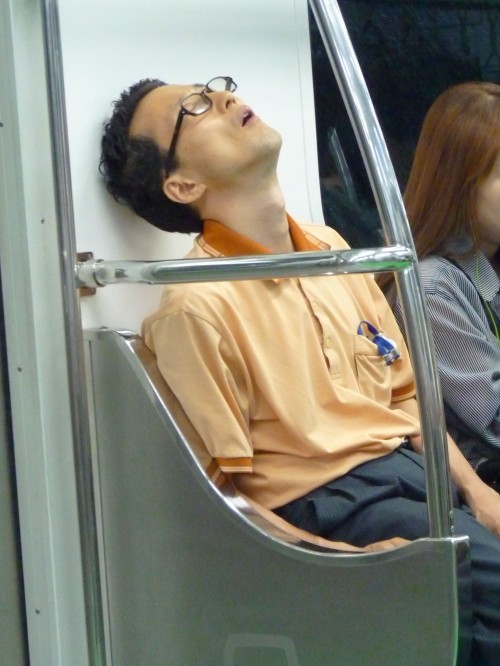
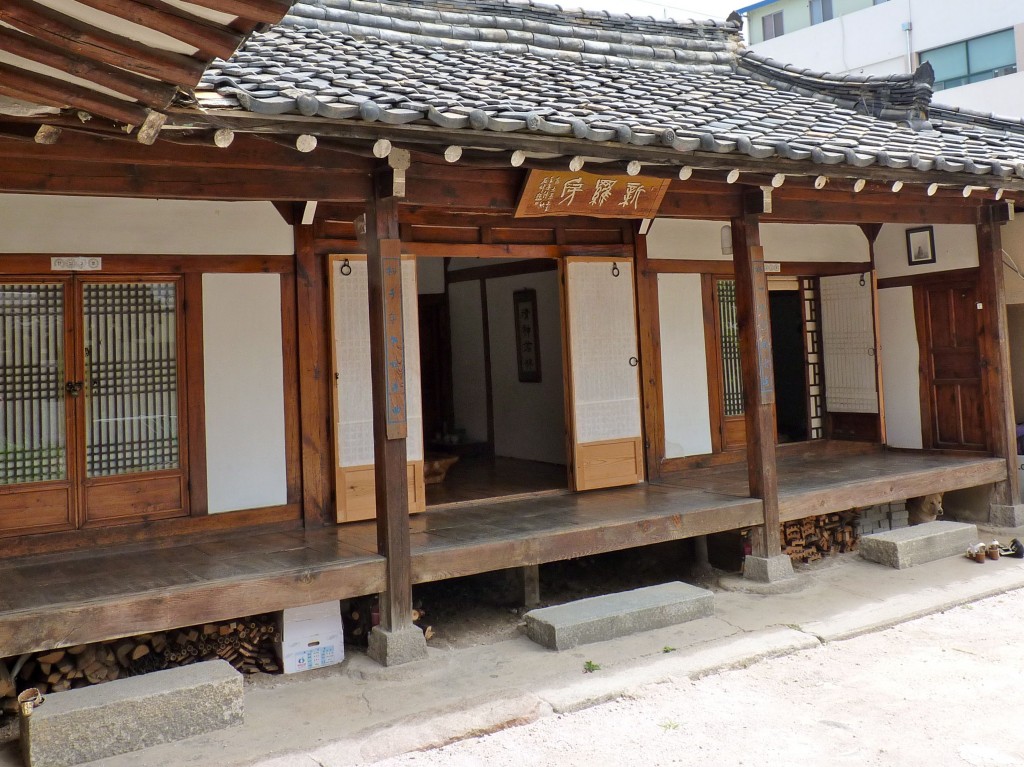
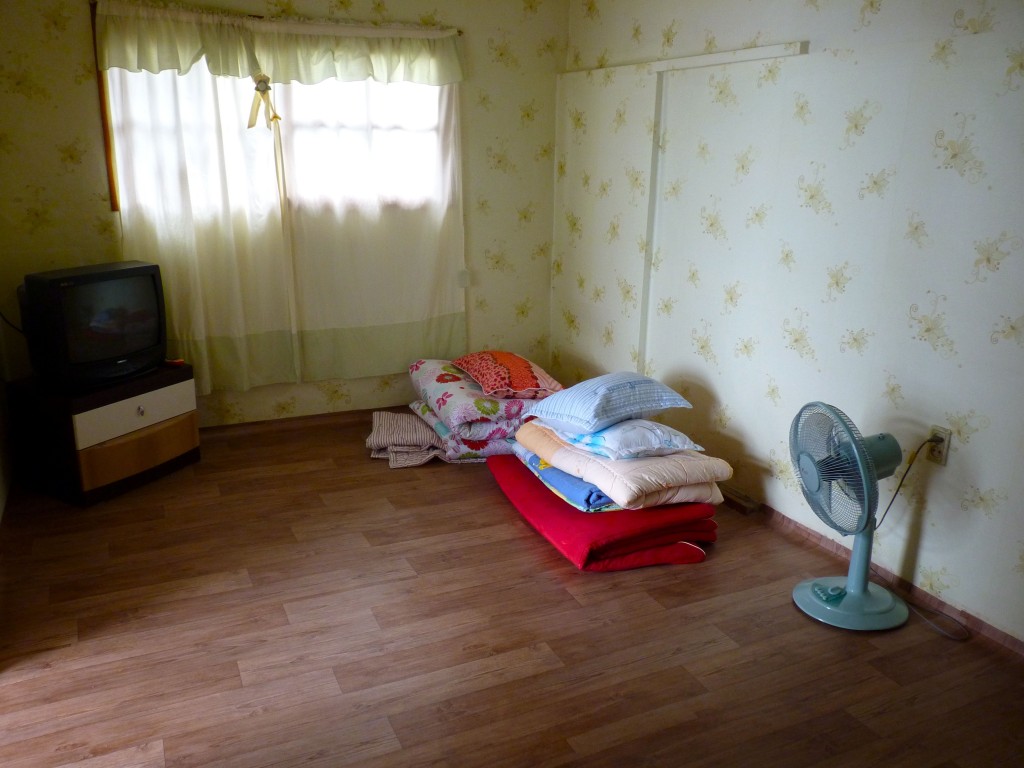
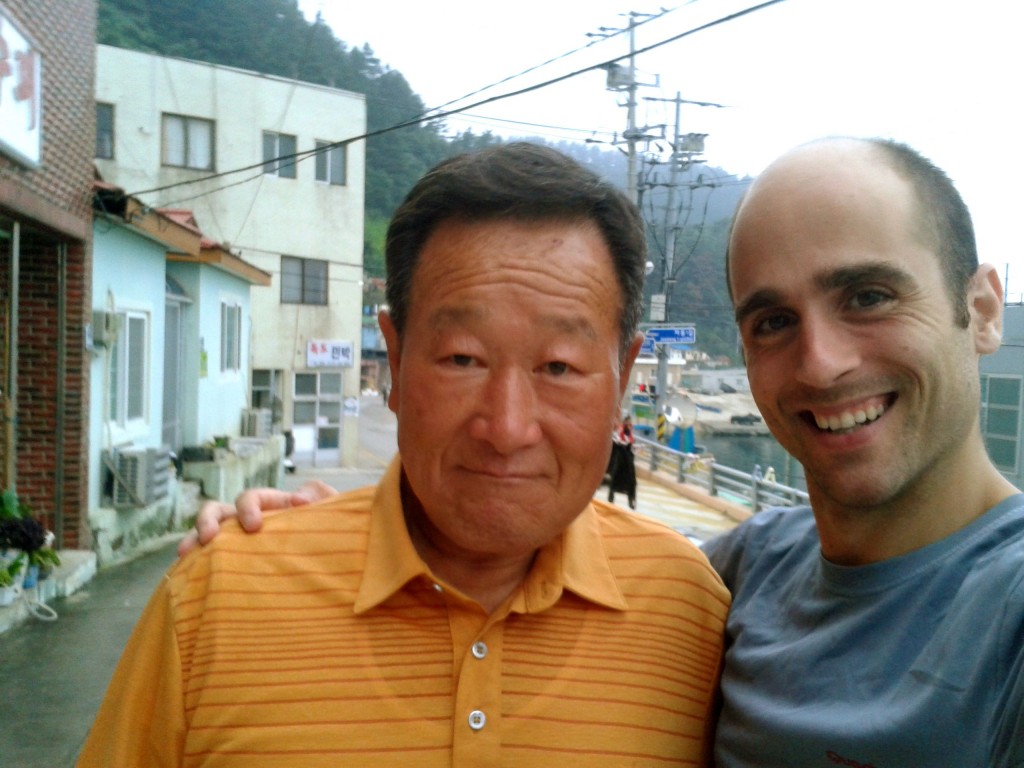
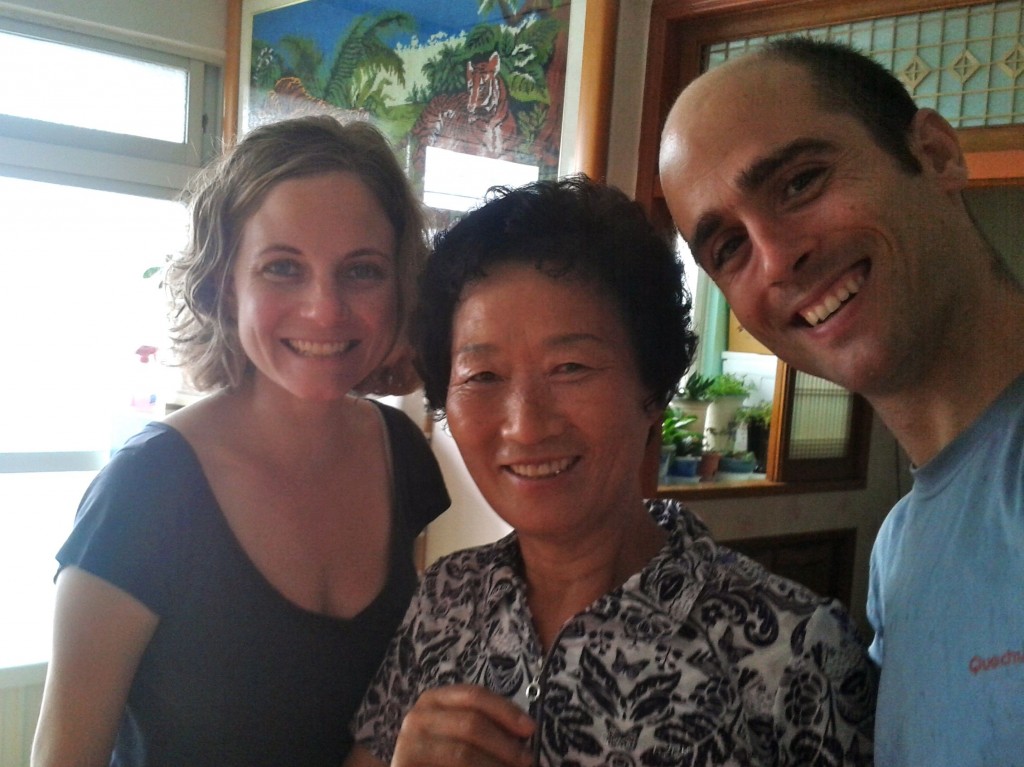
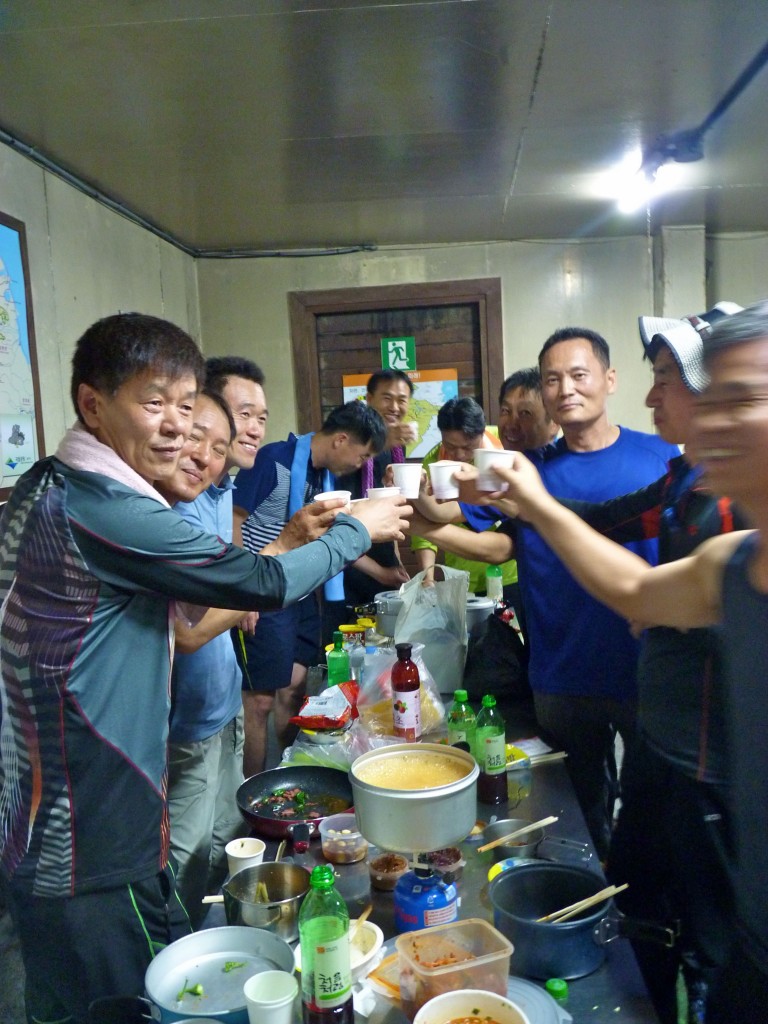
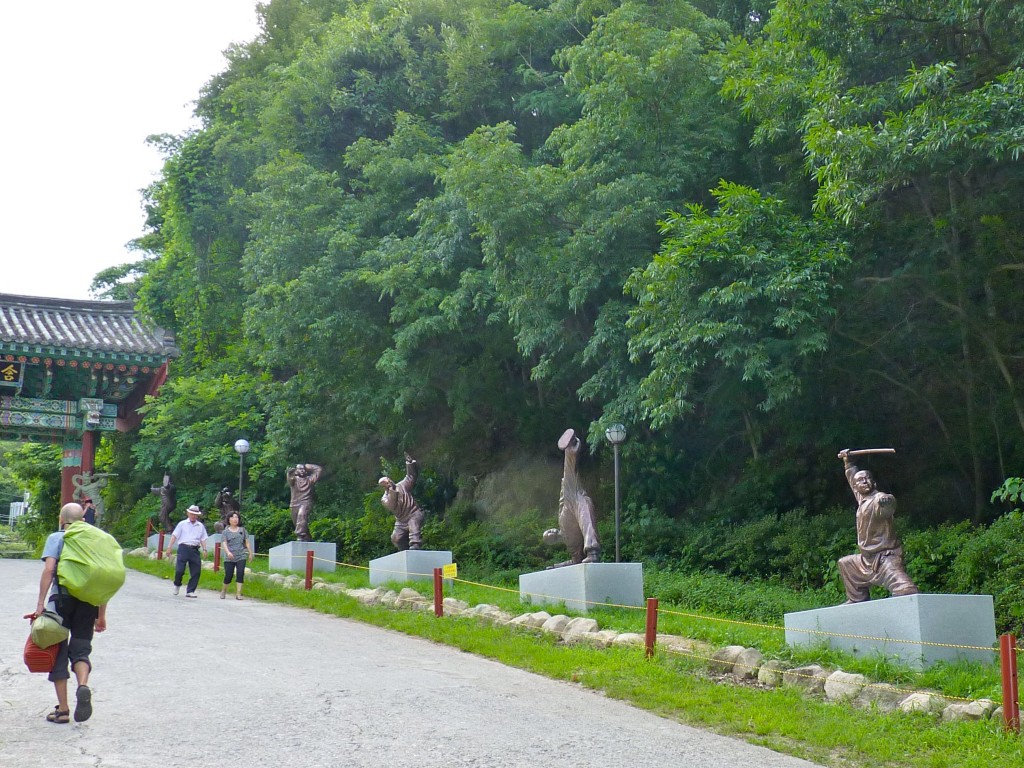


Post your comment